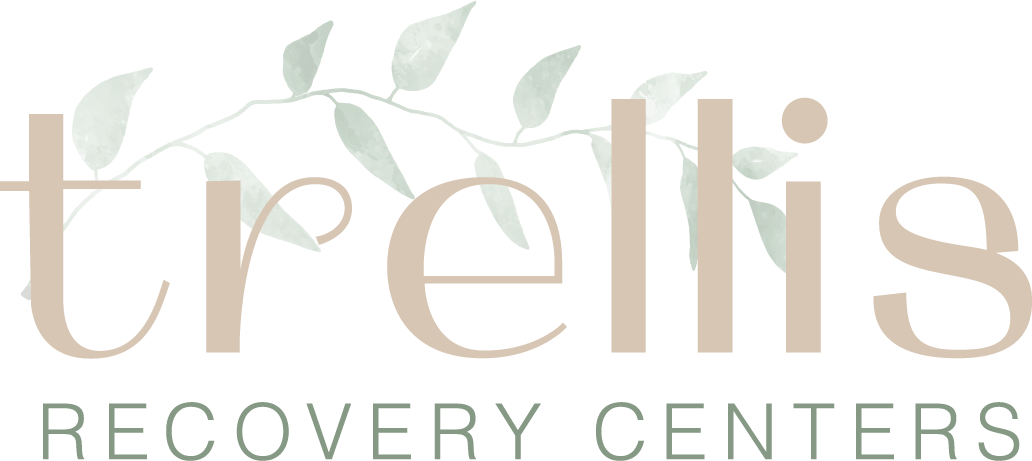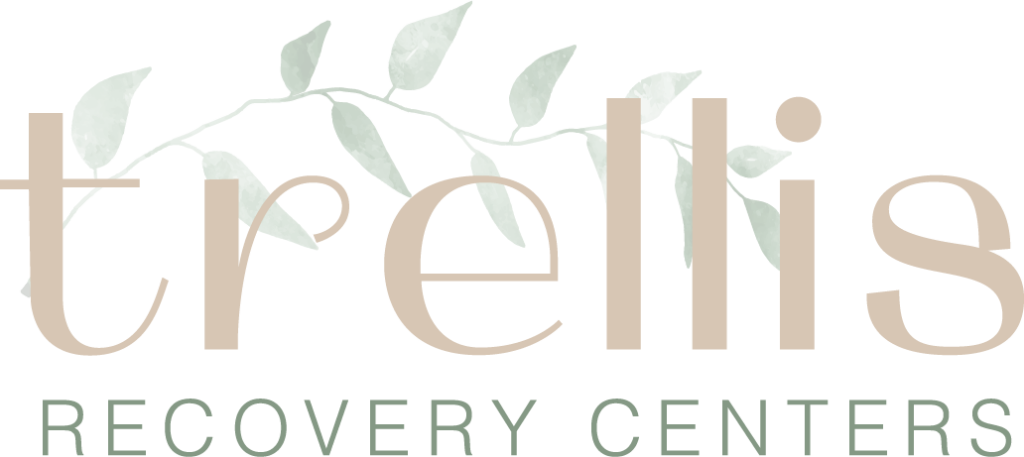Eating disorders are complicated mental illnesses and can be difficult to understand. Sometimes the symptoms overlap and can cause a person to wonder about the difference between orthorexia vs anorexia. While they might seem like the same disease, there are distinct differences. Our treatment team at Trellis Recovery Centers provides a thorough diagnosis to determine if a person has anorexia and needs treatment. From there, they create a menu of therapy modalities that help address what’s wrong and put the person on the road to recovery.
What is Orthorexia?
Developing an understanding of the difference between orthorexia vs anorexia begins with defining these two different types of eating disorders. The term “orthorexia” was coined in 1998 and defines a type of eating disorder that centers around an obsession with eating healthy foods. However, it goes far beyond just a balanced dietary plan. The person becomes so fixated on an ever-narrowing list of foods they will eat, that they actually damage their health.
People with orthorexia assign a label of “healthy” to certain foods and consider it dangerous to their well-being to consume anything not on the list. Common food groups they eliminate from their diet include carbohydrates, sugar, meat, and dairy. They spend hours each day reading labels and planning meals that fit their definition of healthy. These individuals often tend to obsess over what other people eat and attempt to lecture them.
What is Anorexia Nervosa?
Anorexia nervosa causes symptoms that include an obsession with achieving and maintaining an unhealthy low body weight. The person often cannot see their body size accurately and is obsessed with dieting techniques and unhealthy ways to lose weight. Sadly, people who do not understand the nature of anorexia dismiss it as vanity or something that only happens to teenage girls. Instead, this eating disorder is the use of maladaptive behaviors as unhealthy coping mechanisms. Behaviors such as skipping meals, eating only from a list of “safe foods”, and developing a fear of gaining weight are actually ways a person tries to feel control when other parts of their life feel uncontrollable.
Orthorexia vs Anorexia
Part of understanding the difference between orthorexia vs anorexia is knowing that the two eating disorders have things in common as well as differences. Both illnesses cause a person to put an unhealthy focus on everything they consume. As a result, they often create a list of foods that feel safe to them. The difference is that people with anorexia want to eat foods with low calories because of their desire to be thin. Alternatively, people with orthorexia do not place an emphasis on weight loss, but rather overall health. In fact, many people who develop orthorexia are athletic in nature. They start trying to eat healthy to keep their bodies toned and able to engage in rigorous exercise but lose control at some point.
People with orthorexia often develop an interest in what others eat, whereas people with anorexia mostly stay focused on only their own dietary rituals. People with orthorexia often follow several social media accounts related to athleticism or healthy eating, whereas people with anorexia tend to follow weight loss and dietary accounts. While people with anorexia are habitually focused on their body image, some people with orthorexia do not share this obsession.
 Getting Help for Anorexia vs Orthorexia
Getting Help for Anorexia vs Orthorexia
Treatment centers that help people with eating disorders usually include anorexia as part of the types they treat. However, orthorexia is not as commonly treated in a facility for mental health disorders. It is not considered an official eating disorder, so anyone looking for treatment for it should check to see where it is available.
Treatment for anorexia typically begins in a residential facility. This allows people the ability to avoid the triggers that lead to using anorexic behaviors. Safe from the temptations to use behaviors, each person participates in a variety of types of therapy that help them develop healthy coping skills. Types of eating disorder therapy can include:
Dialectical Behavior Therapy (DBT)
Dialectical behavior therapy is a type of psychotherapy that focuses on helping individuals develop skills to manage intense emotions, improve relationships, and regulate behaviors.
Cognitive Behavioral Therapy (CBT)
Cognitive behavioral therapy is a form of psychotherapy that helps individuals identify and modify negative thought patterns and behaviors.
Individual Therapy
Individual therapy, also known as talk therapy or counseling, involves one-on-one sessions between a therapist and a client.
Group Therapy
Group therapy involves a small group of individuals meeting together with a trained therapist to discuss shared concerns and learn coping strategies.
Holistic Therapy
Holistic therapy addresses the well-being of the whole person—mind, body, and spirit.
Somatic Therapy
Somatic therapy explores how emotional experiences are stored in the body and uses techniques like movement and touch to release tension, promote healing, and improve emotional well-being.
Nutritional Counseling
Nutritional counseling involves working with a trained professional, such as a dietitian or nutritionist, to develop a personalized plan that addresses dietary habits, nutritional needs, and health goals.
Time spent in a treatment center helps prepare each person to return home having begun a new approach to how they see themselves and the space they take up in the world. From there, continuing with outpatient treatment helps them stay in recovery and improve their physical and mental health.
Contact Trellis Recovery Centers in Los Angeles
Do you suspect that you or someone you care about has an eating disorder but don’t know which one? It can be difficult to determine the difference between orthorexia vs anorexia without a proper assessment from an eating disorder-trained professional. Trellis Recovery Centers created an eating disorder program in Los Angeles, CA for adults with a variety of eating disorders that uses evidence-based therapies. Our home-like facility provides a comfortable place for you to live temporarily while you begin to redefine your relationships with food and your body. With our help, you learn to start recovering and leave obsessive thoughts and behaviors behind.
If you need help determining which eating disorder you have, we can help. Contact us now and we can talk to you about your treatment options

